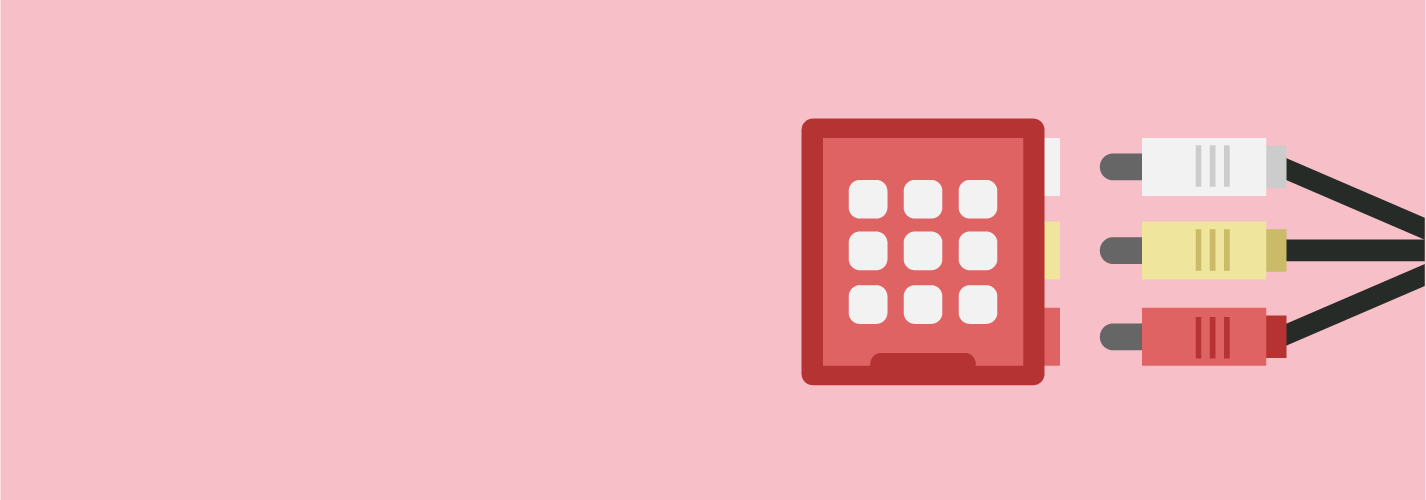So you’re considering multi-channel design. This is a great time to consider this design tool, since it helps designers streamline the design process. Multi-channel design simply means that a channel is being used multiple times. The channel is only needed to be drawn once, and placed into the design process.
Multi-channel design is something supported in multiple stages in the overall design process. For instance, the change tag and project file. But there are issues that arise with some circumstances, like a repeat circuit. This is common when designing electronic products, since it can streamline development performance and make redesign and retesting more efficient.
The issues arise in the changes made throughout the process, if a strong, high performing multi-channel design tool is not in place. However, there are multi-channel design tools that serve up beneficial design features, like Altium designer multi channel design. This specific tool has recurring circuits in a single design, so all revisions in the same circle are only needed once, also happening immediately.
Let’s take a closer look at why multi-channel design is a must for future designs.
Productivity Becomes Top Priority With Multi-Channel Design
Changing or revising circuit design by different designers and engineers can put a serious strain on productivity. Having designers and engineers waste precious time revising the same circuit is definitely not good if you’re attempting to streamline the design process. Unless you can reuse the circuit.
With multi-channel design, you get a tool designers can utilize to communicate in real-time, thus only needing one audit and allowing the reuse of the circuit. This type of multi-channel design benefit of reusing circuits throughout the project cycle can enhance project productivity, and allow you to scale your business.
PCB design is a must for designers of products with electrical components. And in the digital age we live in, nearly all products have some type of electronics. PCB design allows designers to use a repeating cycle, which saves time and can cut project cost. This is due to not needing to redesign and retest multiple times. The same process can be achieved by other design teams for a completed circuit.
But, there needs to be a transparent process in place. Otherwise design teams, wherever they are located, can’t access or collaborate on a design project in real-time. Not having this real-time, transparent mode of communication and collaboration can be a problem for designers and the project could suffer setbacks.
Using multi-channel design eliminates the problems. Designers will not need to wait for other design teams to repeat changes and make the project and changes available for all to see and work on. Multi-channel design tools make project more transparent, thus improving the overall design effort across teams.
When you need more modules on the same board, having a repeat circuit can be as easy as copy and paste. The only issue is that designers on other teams or in different locations need to be able to access those circuits and modules. If you do not have a multi-channel design tool in place, this accessibility can become very difficult.
As you know as a savvy product designer, assembly projects will change over time due to part swaps and functionality or expand connections are needed. These changes are not always done at a snail’s pace. In fact, changes like these happen very fast. How will other designers and engineers be aware of these changes and repeat circuit uses? If you guessed multi-channel design, you are right.
To combat the issue of concurrent access in order for designers and engineers to review circles, managed sheets can be applied in a multi-channel usage mode. Managed sheets deliver the multi-channel approach designer love, making repetition and monitoring easy.
Recurring circles is certainly beneficial for your PCB design process. As you know, lack of transparency and communication between designers and engineers can slow a project to a crawl. Managed sheets implemented with a multi-channel design tool can make design easier, manageable, more cost-effective, and highly productive.
The above reasons why multi-channel design is a must for future design projects are not the be-all, end-all points of discussion. There are certainly many more benefits to implementing a multi-channel design tool within your PCB design process. If you’re considering adding multi-channel design, you are definitely forward-thinking. Make every future design streamlined. Are you using a multi-channel design tool? What are your top benefits?





